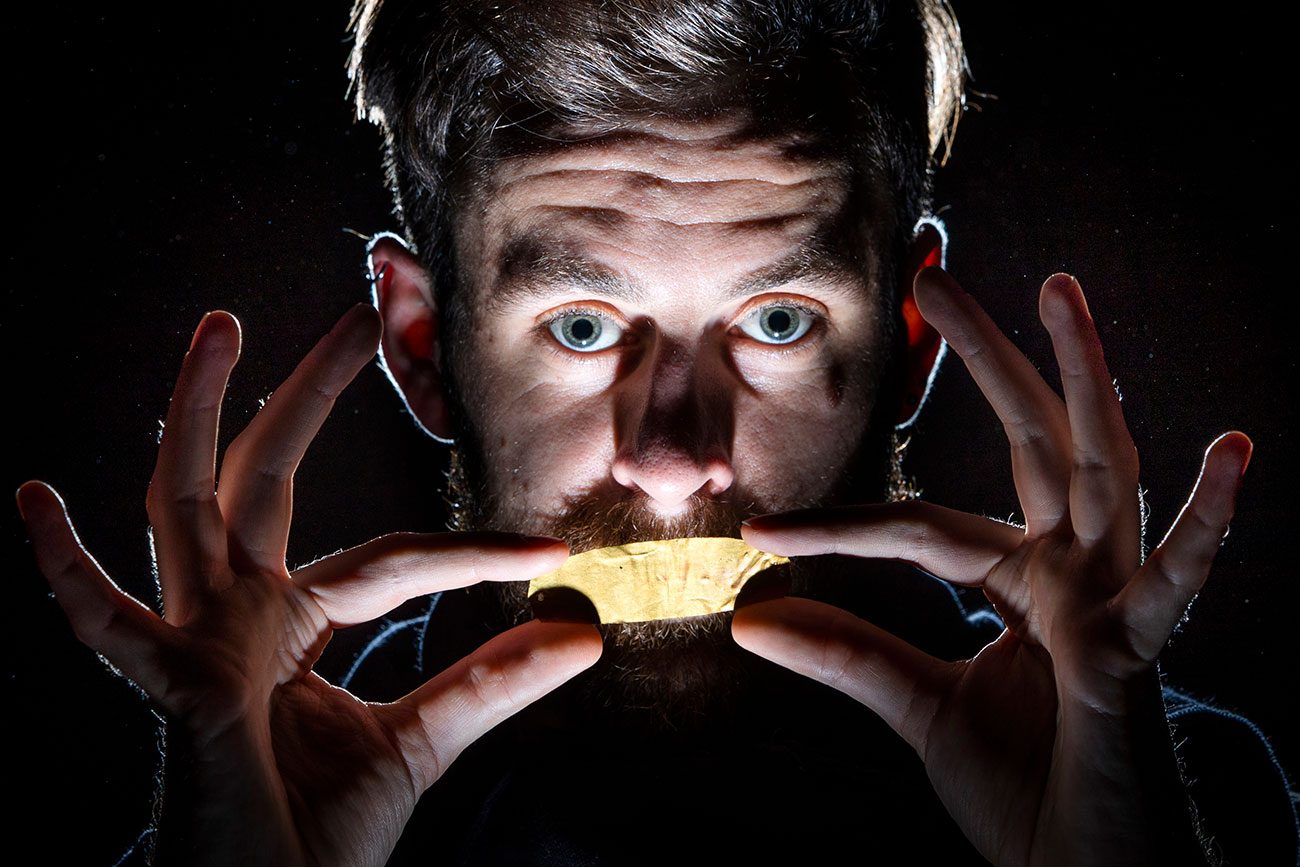Experts have finally managed to shed a light on the origins of this ancient and mysterious golden relic which has baffled archaeologists for more than a century.
The small, flat golden plate was unearthed at a grave site with a female skeleton and coin beneath York Station in 1872.
But after nearly 150 years, the team at the Yorkshire Museum, working with experts from around the globe, have confirmed it is a Roman mouth plaque dating back to the third century.
Britain’s only one

The 1,800-year-old plaque is the only example of its kind in Britain – and is one only 23 discovered worldwide.
The plaque would be used to cover the mouth of a dead body, and experts said it would usually be used by a person of high status.
But mystery still surrounds how and why it was used, with theories including it being a magical or medicinal amulet to protect the person in death, or a sinister talisman to silence or restrain them.
Yorkshire Museum assistant curator of archaeology Adam Parker said he is planning to carry out more tests on the female skeleton to shed more light on the mouth plaque itself.
This could include ancient DNA testing and stable isotope analysis to try to establish where the woman was from.
Buried with a coin

He added: “The hope is if the skeleton could be proved to have an eastern link, where the other examples of the practice are, that would show a level of mobility of this unusual practice from one end of the empire to the other.”
The woman is believed to have been between 18 and 30 when she died, and along with the mouth plaque she was buried with a fake silver coin dated between 202 to 210.
The coin, which was made of copper with a silver wash over the top, had the face of Septimius Severus on one side and Fortuna, the goddess of luck on the other.
Severus was Roman Emperor from 193 until his death in York in 211, but it is not clear whether the woman was buried during this period or later.
